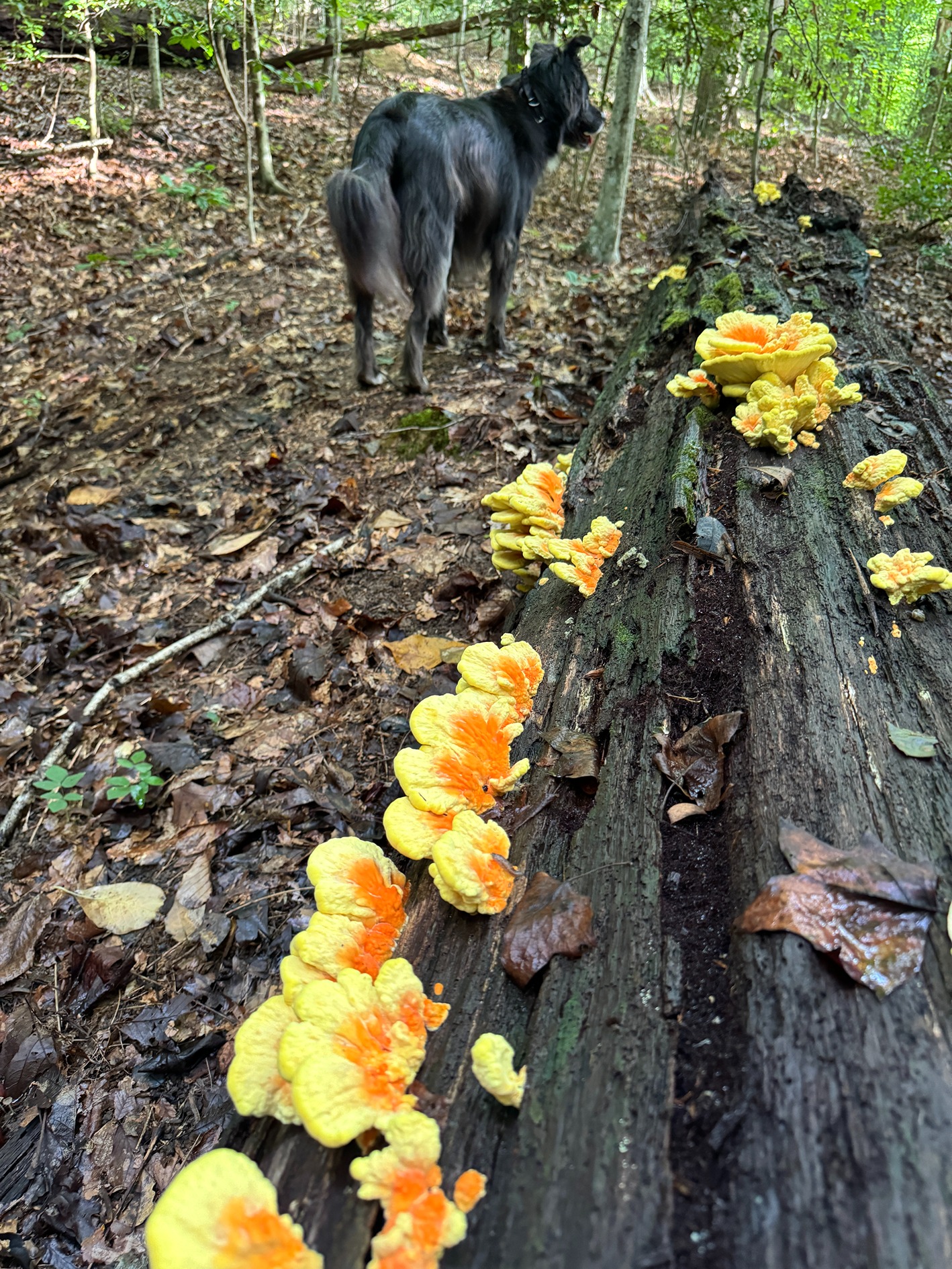The Lost Generation of Ancient Trees

At around 1,100 years old, and almost 11m (36ft) in girth, the Big Belly Oak is the oldest tree in Savernake Forest in southwest England. A tiny sapling at the Battle of Hastings in 1066, Big Belly Oak has lived through the War of the Roses, the Black Death, the English Civil War, the Industrial Revolution, and two world wars. Now gnarled and knobbly, Big Belly Oak’s trunk is strapped up with a metal girdle to keep it from falling apart.
While an ancient tree like this is impressive at a distance, take a look inside and you will see something even more intriguing.
Oak polypore fungi and stag beetle larvae feast on the dead heartwood, adult stag beetles sup the sugary liquid from the “sap runs”, the living layers of wood that transport water and minerals throughout the tree. Hoverflies lay eggs in water-filled rot holes, rat-tailed maggots devour leaf litter and violet click beetles eat up wood mold that is rich with feces and other remains, accumulating over a century. Knothole moss and pox lichen cling to the bark in rainwater channels. Barbastelle bats hibernate in crevices and under loose bark. Woodpeckers and nuthatch enlarge holes for nesting, while owls, kestrels, marsh tit, and tree-creeper move into ready-made cavities.
These rich pockets of life are a secret world, a diverse habitat teeming with insects, fungi, lichen, birds and bats. The ancients of our forests provide essential food and shelter for more than 2,000 of the UK’s invertebrates species. In Savernake Forest alone, these trees are home to nearly 120 species of lichen, more than 500 species of fungi, and other important wildlife such as the elusive white-letter hairstreak butterflies.
We face losing these micro-worlds as, one by one, the ancient trees of today are dying and there are not enough ready to replace them.
Click here to keep reading…



